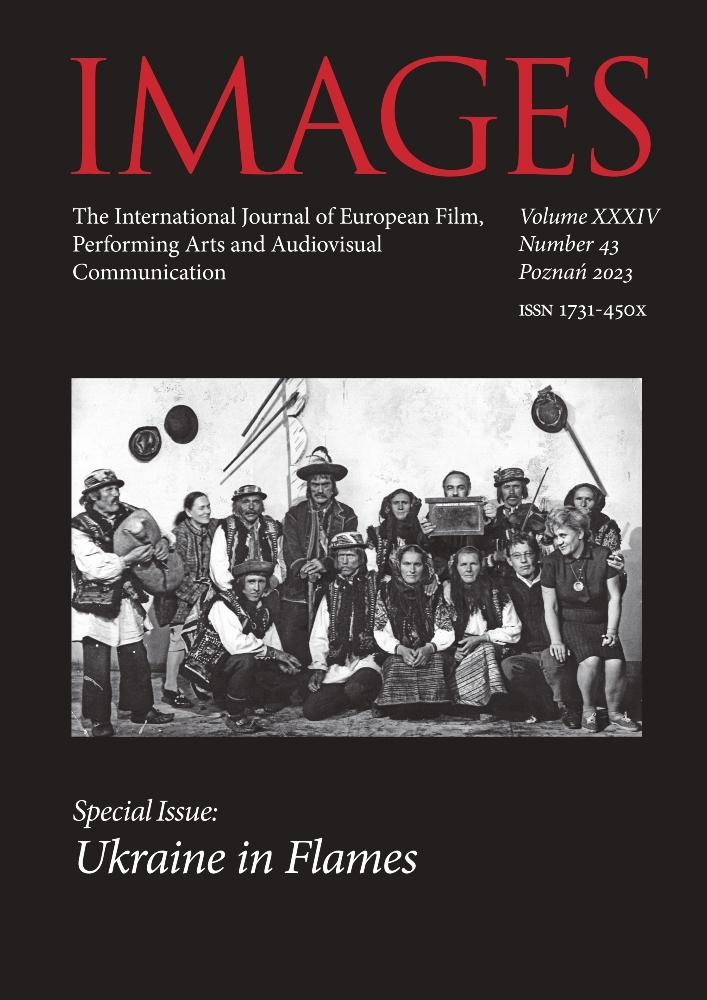Abstrakt
The text refers to the part of the performances of TVP’s Fact Stage (2006–2010), devoted to the Stalinist period, as well as to its journalistic and scholarly reception. In no small part, it is a polemic with the position and reasoning expressed in Mariusz Mazur’s article TV Theater: Fact Stage – a specific vision of history. On such historical politics polemically. The author points to the need to interpret the phenomenon of Fact Stage as it really was, to understand its genesis, social conditions and cultural context. However, he rejects the method of contrasting the works in question with the abstract and normative postulates formulated by Mazur. Finally, the article points to the religious (morality play and passion play) sources of the conception of Fact Stage performances.
Bibliografia
Marczak M., Persuasive and Communicative Potential of Hagiographic Narrative Structures in Screen Representations of the Polish Underground Soldiers Struggling for Independence after World War II, „Studia Religiologica” 2018, nr 51(2), s. 115–128 DOI: https://doi.org/10.4467/20844077SR.18.008.9506
Mazur M., Teatr telewizji: Scena Faktu – specyficzna wizja historii. O takiej polityce historycznej polemicznie, [w:] Historia w kulturze współczesnej. Niekonwencjonalne podejścia do przeszłości, red. P. Witek, M. Mazur, E. Solska, Lublin 2011, s. 276–296
Millies-Lacroix E., Telewizyjny Teatr Faktu po roku 1980 (tekst niedrukowany i nieobecny w sieci)
Nie wyrywajcie nam paznokci, dyskusja redakcji z udziałem W. Zwinogrodzkiej, W. Holewińskiego, I. Kurz, A. Leszczyńskiego, J. Jaworskiej, P. Laskowskiego, „Dialog” 2007, nr 10
Stachówna G., Telewizyjny teatr faktu (1966–1980), „Przekazy i Opinie” 1984, nr 1(35), s. 128–150
Witek P., Historia między teatrem a telewizją. Teatr telewizji jako forma oswajania przeszłości, [w:] Historia w kulturze współczesnej. Niekonwencjonalne podejścia do przeszłości, red. P. Witek, M. Mazur, E. Solska, Lublin 2011, s. 95–146
Licencja
Prawa autorskie (c) 2023 Andrzej Szpulak

Utwór dostępny jest na licencji Creative Commons Uznanie autorstwa 4.0 Międzynarodowe.

